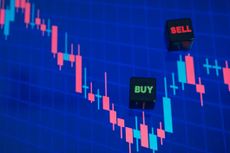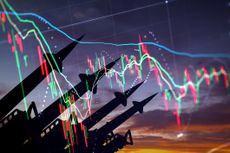Stocks and Shares
The latest news, updates and opinions on Stocks and Shares from the expert team here at MoneyWeek
Explore Stocks and Shares
-

Share tips 2025: this week’s top stock picks
Share tips Share tips 2025: MoneyWeek’s roundup of the top stock picks this week – here’s what the experts think you should buy
By MoneyWeek Last updated
Share tips -

Which sectors are best to invest in for 2026?
Investment trust portfolio managers give their views on the sectors and regions they expect to outperform in 2026.
By Dan McEvoy Published
-

How to tap into AI energy stocks
One certainty about generative AI is that it is hugely energy-intensive. Companies providing that power look set to capture the benefits.
By Dan McEvoy Published
-

The top funds and stocks to buy according to DIY investors
New data on the top funds, stocks and trusts reveals interest in money market funds has heightened in a bid to reduce risk amid market volatility
By Kalpana Fitzpatrick Last updated
-

ChatGPT turns three: what’s next for the ‘AI era’?
Three years after its launch kickstarted the age of AI, ChatGPT and its maker OpenAI are driving the stock market. But concerns are growing over whether OpenAI will be able to turn its AI dominance into profit.
By Dan McEvoy Published
-

Big Short investor Michael Burry warns of an AI bubble
Profile Michael Burry rightly bet against the US mortgage market before the 2008 crisis. Now he is worried about the AI boom
By Jane Lewis Published
Profile -

How to profit from defence stocks beyond Europe
Opinion Tom Bailey, head of research for the Future of Defence Indo-Pac ex-China UCITS ETF, picks three defence stocks where he'd put his money
By Tom Bailey Published
Opinion -

The new frontiers of cybersecurity and how to invest
Matthew Partridge reviews the key trends in the cybersecurity sector and how to profit
By Dr Matthew Partridge Published
-

The looming copper crunch
Miners are not investing in new copper supply despite rising demand from electrification of the economy, says Cris Sholto Heaton
By Cris Sholto Heaton Published
